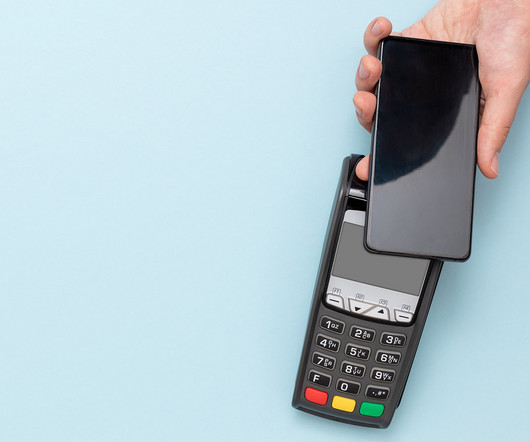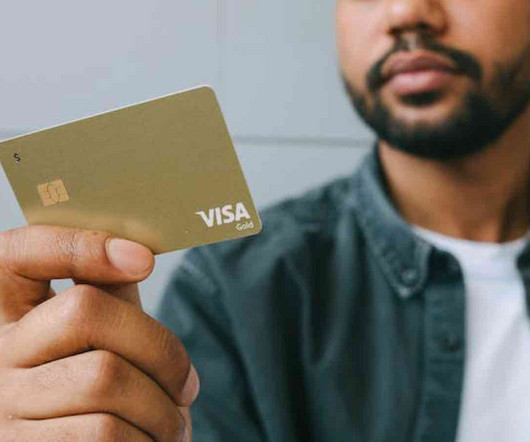What is Click to Pay and How Does It Work?
Stax
JANUARY 28, 2025
Completing online payments via manual card entry can be time-consuming and off-putting for customers. Click to Pay completely removes the need to enter credit card information during online purchases, making it more convenient and faster than manual card entry. Learn More What is Click to Pay?




























Let's personalize your content